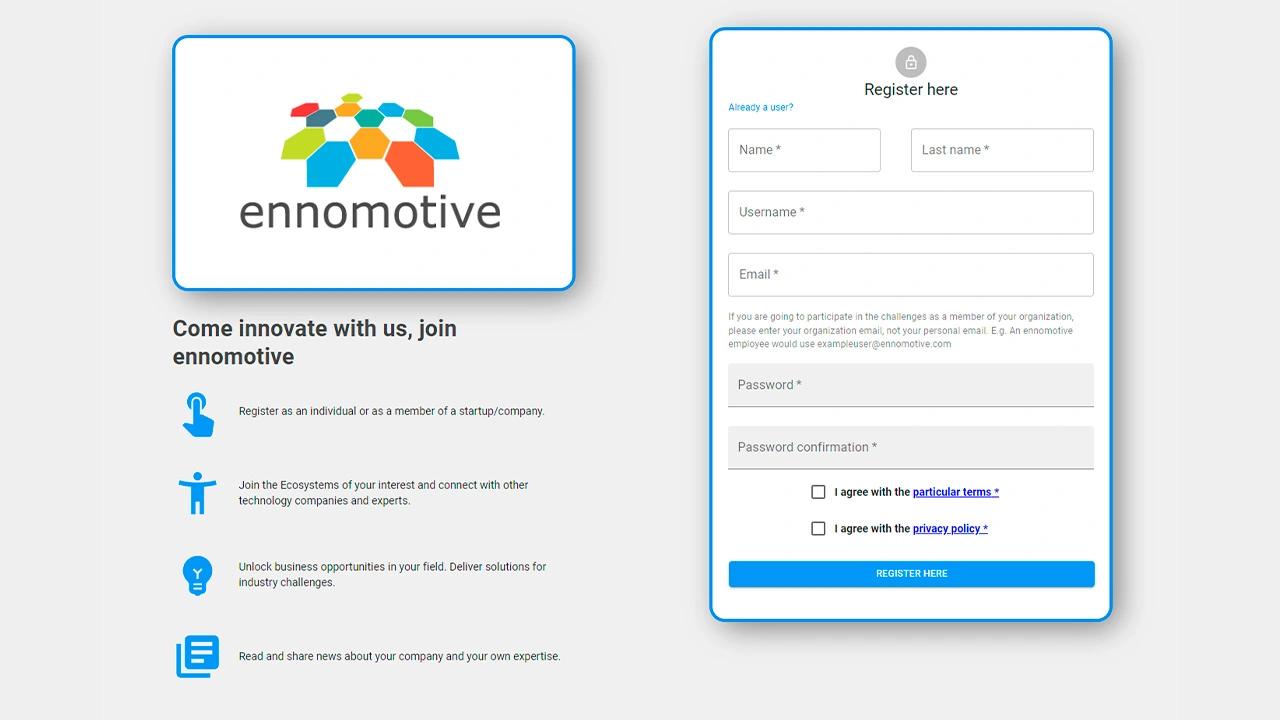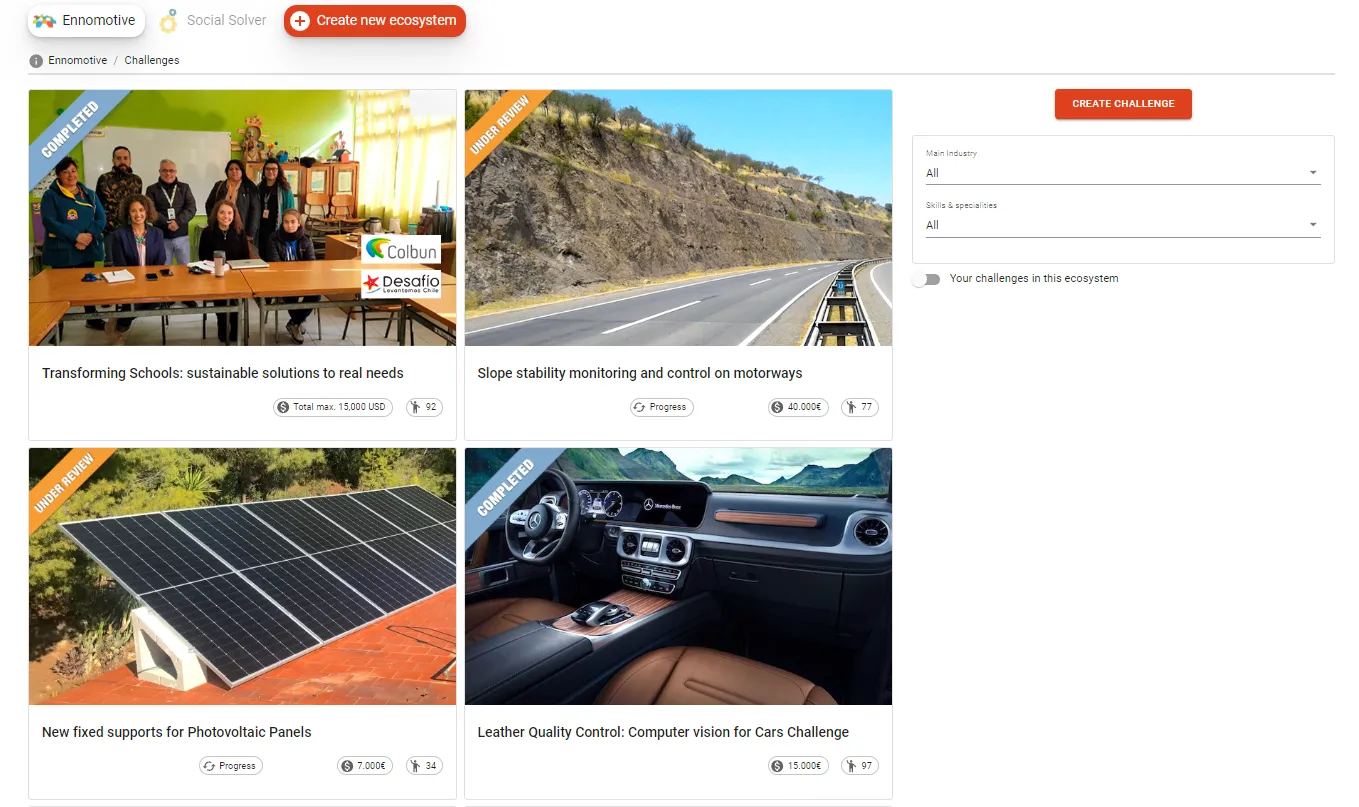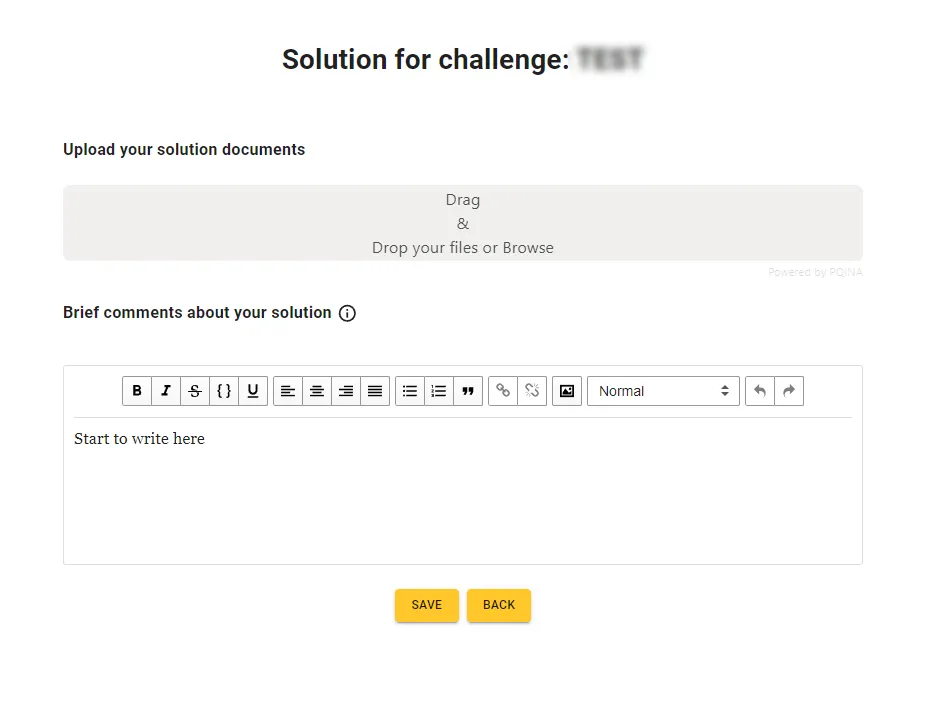Background
Ayuda en Acción has been working since 1981 to improve the quality of life of the most vulnerable communities. The strengthening and modernization of the productive and industrial capacity of these communities is one of its main lines of cooperation.
The Jequetepeque Valley, where the challenge will take place, is a large area that begins in the department of Cajamarca and also occupies part of the department of La Libertad, in northern Peru. The lands of this valley are largely irrigated by the waters of the Jequetepeque River.
The cultivation of avocado is one of the most profitable alternatives for this rural area of Peru, which is harvested mainly with small-scale family farms. These families usually market their products via intermediaries, or via the Jequetepeque Cooperative supported by Ayuda en Acción.
The profile of the Peruvian farmer shows the significant presence of older adults, producers aged 65 and over, mostly men (approximately 67%) and with primary education (55%).
The income of each producer depends very much on his knowledge, on the time he spends in the field, on his investment in chemicals (fertilizers, pesticides, herbicides, etc.) as well as on irrigation and other work. A producer in the region has a gross monthly income of 447 soles, equivalent to 114 €.
The challenge
Low-tech agriculture offers limited yields. Increasing the number of working hours and the use of inputs does not guarantee increased production if it is not done properly.
As 60% of the producers in Jequetepeque do not make improvements in the productive infrastructure, the top quality avocados do not exceed 50% of the total production. This limits the opportunities and synergies to work in agricultural cooperative.
This project would begin with 155 families producing avocados, distributed in communities that include the Jequetepeque basin in the districts of San Miguel, San Pablo and Contumazá. All of them are currently participating in the project "Sustainable cooperative model for the export of avocado and asparagus".
Improvements are needed in a number of areas:
- Productivity, by optimizing the resources of each parcel of land, to raise production levels, controlling the different variables involved: water management, fertilization, pest and disease control …
- Organizational and commercial, having a consolidated database of "traceable" information on the production records of each parcel of land, for decision-making and information for commercial exchange with third parties (cooperative, with primary processing companies, final consumer).
- Development of new economic activities (small businesses), for the installation of new technologies and their maintenance, and for the scalability of the proposal to other farmers.
What we are looking for
The objective of this challenge is to develop a system with accessible, low-cost and easy-to-use digital technological resources, but modern and scalable, which contribute to increasing production, profitability, quality and optimizing inputs, and provides the necessary warnings and recommendations in:
- the weather conditions
- the presence of pests and diseases
- the most suitable time for agricultural work (irrigation, fertilization, clearing, pruning, harvesting, etc.)
- real-time communication to farmers of all information in points 1, 2 and 3; according to the digital media available in San Miguel (cell phones, computer)
Other considerations for the future system:
- It should be designed for a wide territory, such as the Jequetepeque Valley.
- You should consider its use "off line" because in the Valley, there are times of the year where the climate (from Nov to May) is "adverse" or "limited" for communications.
- You should optimize water management to avoid crop losses caused by water stress.
- It should monitor the health status of plantations (pests and diseases) in order to design appropriate biological control strategies.
In many cases, it may be better to use or adapt existing systems, than to start from scratch in their construction, depending on the complexity of construction of such systems.
Evaluation criteria:
- Technical feasibility and adapted to the context of the environment
- Minimum possible cost
- Lower environmental impact
- Easy acquisition, implementation, use and maintenance with local resources
This is a challenge with the following deliverables:
A PDF document including:
- A technical description of the proposed system and its operating model
- Detailed specification of equipments and facilities (drawings, materials...)
- Implementation plan for the project.
- Required investments (cost estimate).
In addition, you can add attachments to support your solution.
Timing:
We have extended de deadline to submit solutions until Aug 28th/2022. Later, the evaluation period will take 4 weeks.
-------------------- Particular Terms and Conditions ----------------------------
Confidentiality – N/A
Particular Terms and Conditions
If a patented solution is submitted, the owner will keep the IP rights and Social Solver will only have the right to use it for this particular project.
If, as a result of this challenge, a new solution or technological application with IP rights emerged, the winner will transfer the rights to Social Solver in order to use the profit in social aid projects.



